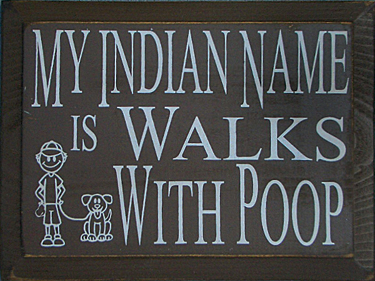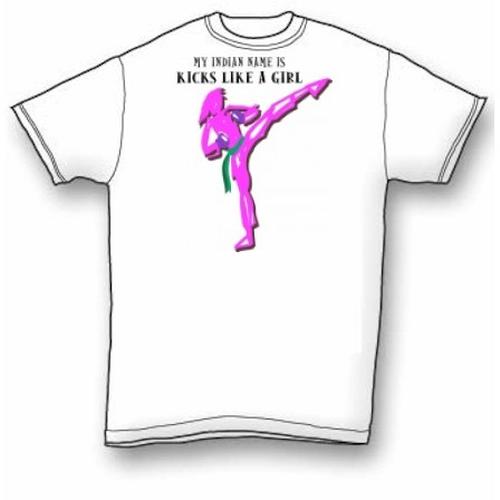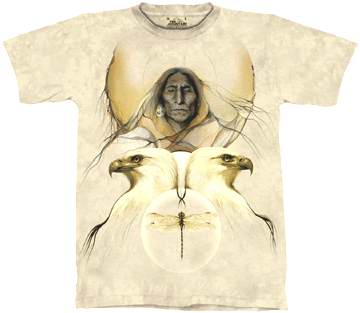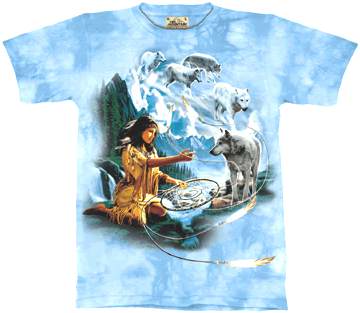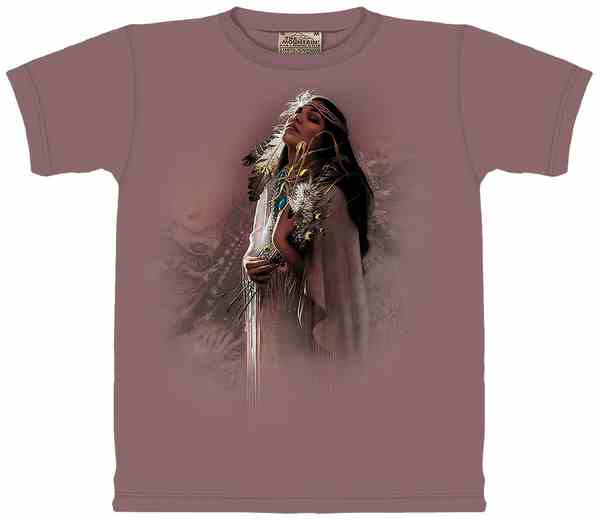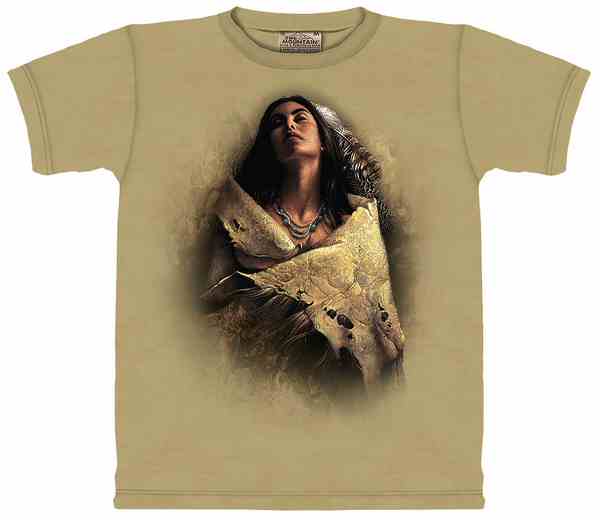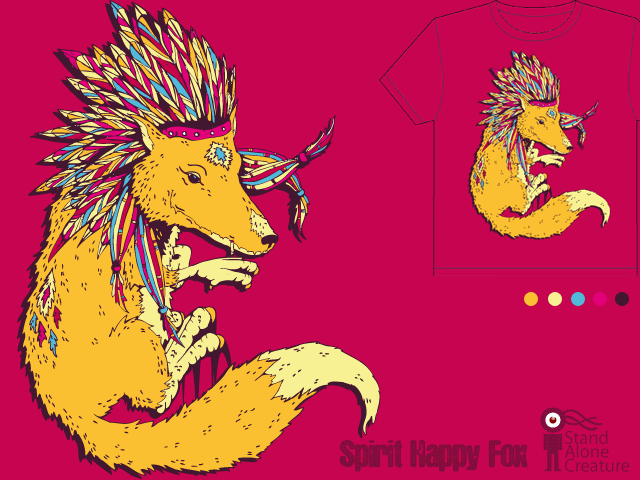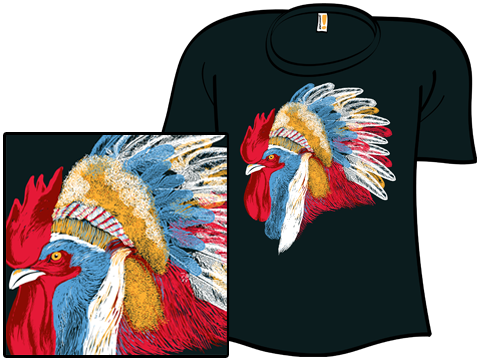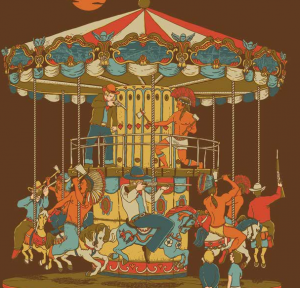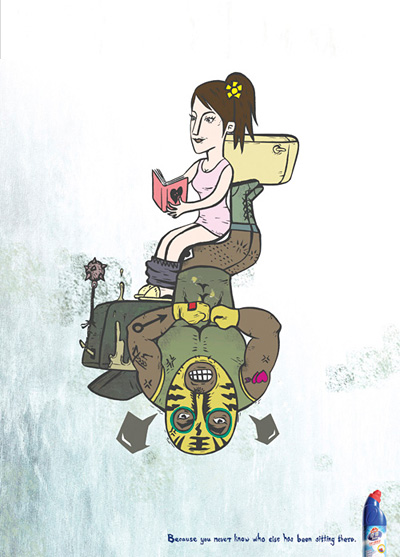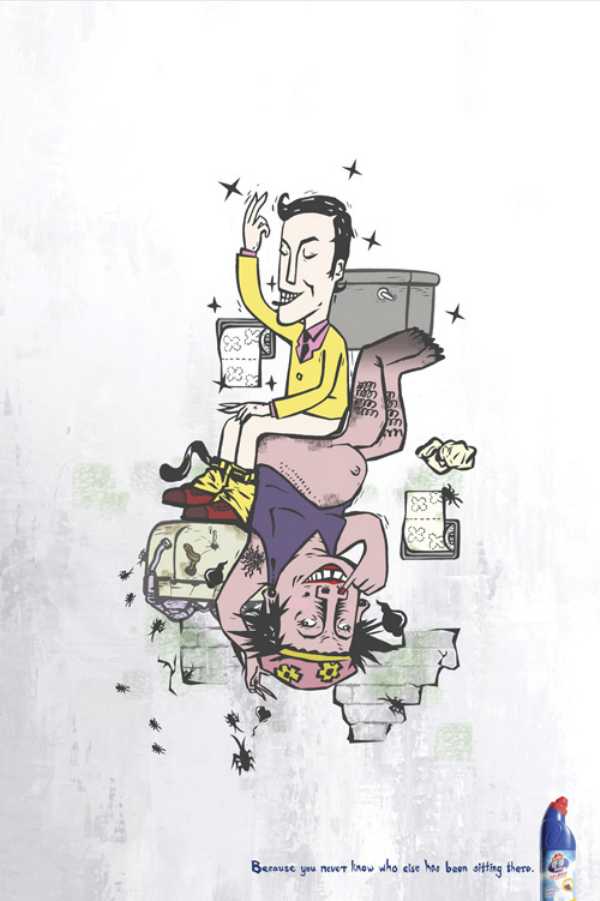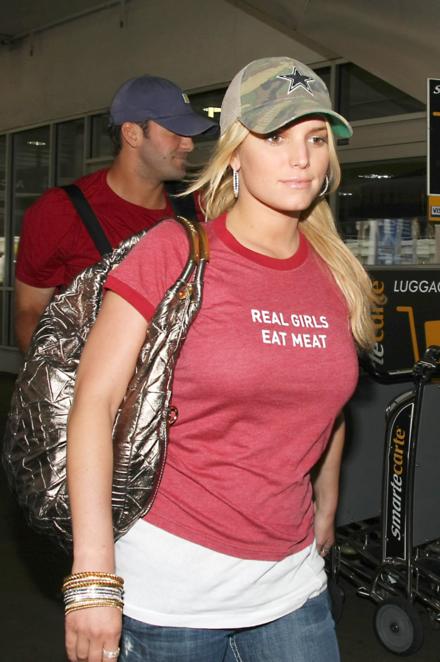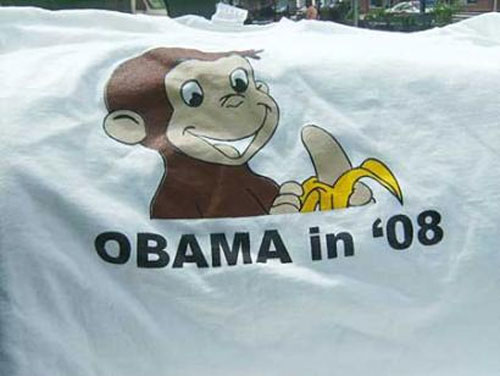This Australian commercial for Toyota Corolla (found here) includes a homogenous, racialized out-group. More after the video:
[youtube]http://www.youtube.com/watch?v=Ckb-wUHj9WU[/youtube]
The term “out-group homogeneity” refers to the way in which members of an in-group tend to overestimate the extent to which members of an out-group are all alike. I suppose we don’t know what good kitty’s friends look like (do they all look exactly like him?), but we certainly have the presentation of an out-group that is both categorically different from good kitty and homogeneously so.
I would also like to suggest that that out-group is racialized. They didn’t use just any kind of cat to represent bad kitties, but a dark-colored cat. (If I know my cats, the bad “guys” in this video are Russian Blues.)

